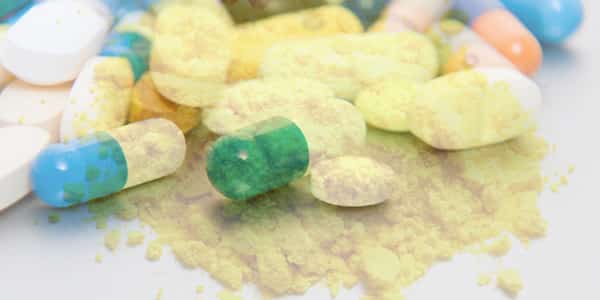
What Are The Sources Of Active Pharmaceutical Ingredients?
In its broadest sense, therapeutics refers to the application of procedures meant to lessen the effects of illness in people or animals. Various terms, such as active, active pharmaceutical ingredient, active principle, drug substance, medicinal agents, or therapeutic substance, refer to the constitutive substances that provide therapeutic effects. The substance or element responsible for the therapeutic (pharmacological, physiological, physical, etc.) effects in a product is known as an active pharmaceutical ingredient (or API), and examples include:
- Vaccine
- (Medicine) pharmaceutical
- Medical equipment
Inactive pharmaceutical compounds also referred to as excipients or formulation aids, can be distinguished from active pharmaceutical components. They all employ the definition of an API, which is any substance or combination of substances designed for the creation of pharmaceutical goods that, when used in the production of pharmaceutical products, become an active component of the pharmaceutical product. Sources of active pharmaceutical ingredients are as follows:
- Using synthetic chemical chemistry to create new drugs
Small chemical compounds, often with molecular weights around 500 Daltons, build this group. Synthetic organic compounds make the drug substances currently in use. APIs made via synthetic organic chemistry include atorvastatin (Liptor® – Pfizer) and paracetamol (Panadol® – Glaxo). Thanks to technology, it is now possible to create in the lab peptides that include up to 20 residues of amino acids. Somatostatin, calcitonin (Fortical), and vasopressin (VASOSTRICT – Parpharm) are examples of synthetic peptides.
- Using organic natural compounds as a source of medicinal ingredients
Humans have relied on nature as a source of healing ingredients, according to Procurenet. That is still true today. Examples of pharmaceuticals made from natural sources include paclitaxel (ABRAXANE® – BMS), an anticancer drug, and numerous antibiotics like erythromycin.
- The use of recombinant DNA technologies to produce drugs
Recombinant DNA technology, to put it simply, is the act of changing an organism’s gene and exploiting the alteration to create a biological molecule, like a protein or chemical compound. Recombinant DNA technology has developed into one of the primary sources of novel therapeutic compounds today in a little more than 40 years. Numerous vaccines and monoclonal antibodies, as well as actives like human insulin, human albumin, erythropoietin, and human growth hormone, are obtained in this manner.
- Whole or extracted natural sources (including animals)
Many medicinal chemicals are still exclusively available from natural sources, either as complete organisms or extracts from organisms, according to Procurenet. Examples include blood and plasma, live or attenuated viruses used in vaccines, and human immunoglobulins. The same is true for techniques used in biotechnology that include cells, tissues, and organs.
Regardless of the drug substance, isolating, processing, and purifying the active components is a laborious procedure that calls for multiple meticulous stages. This step-by-step technique might not meet market demands in circumstances such as when medicinal goods (COVID-19 vaccines?) are in great demand. The pharmaceutical business has been working to introduce technology in recent years that will increase the yields of synthetic active ingredients. When used effectively, these technologies frequently produce a significant increase in output above conventional methods. However, some technologies make grand claims but fall short in practice.

